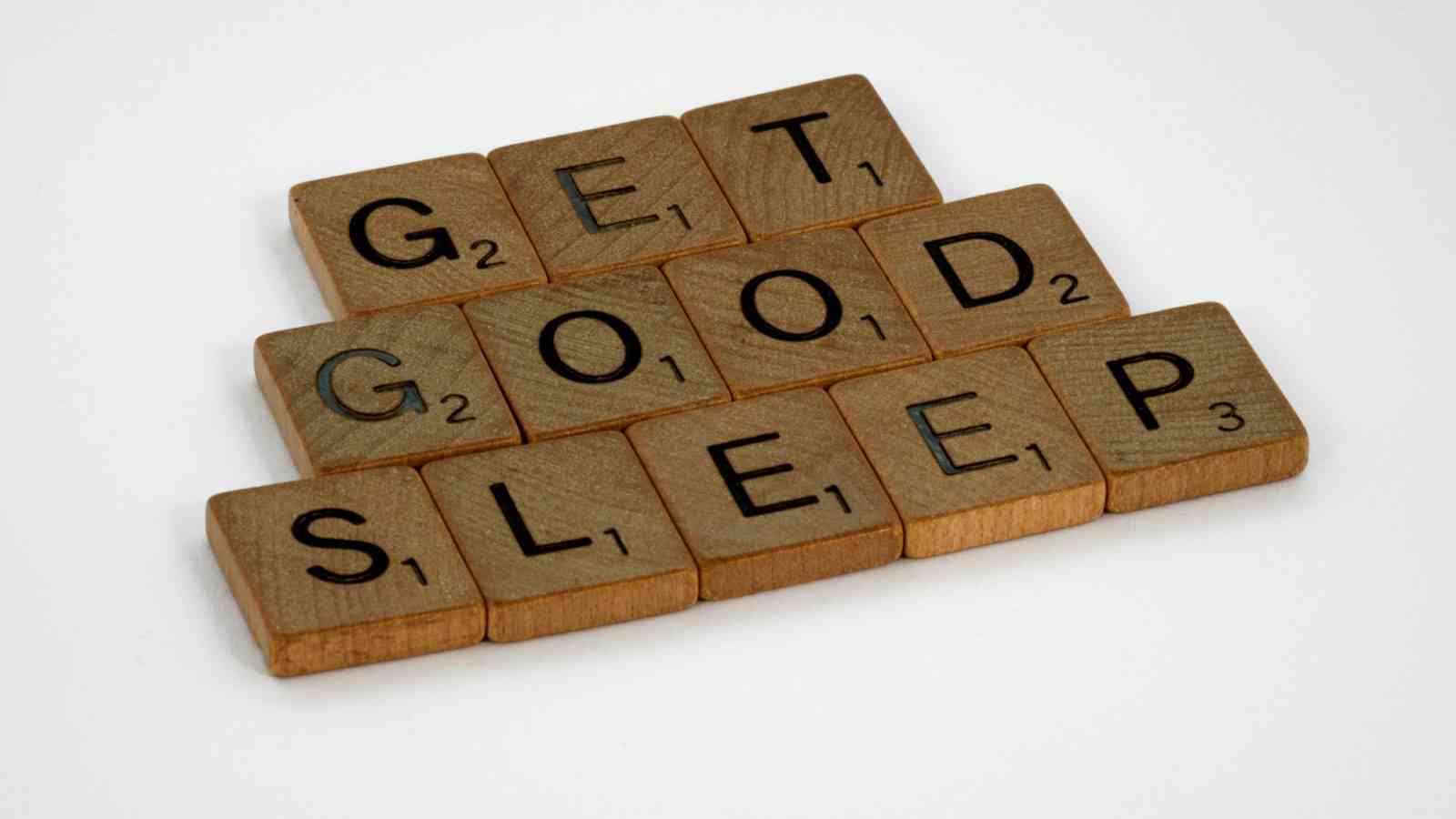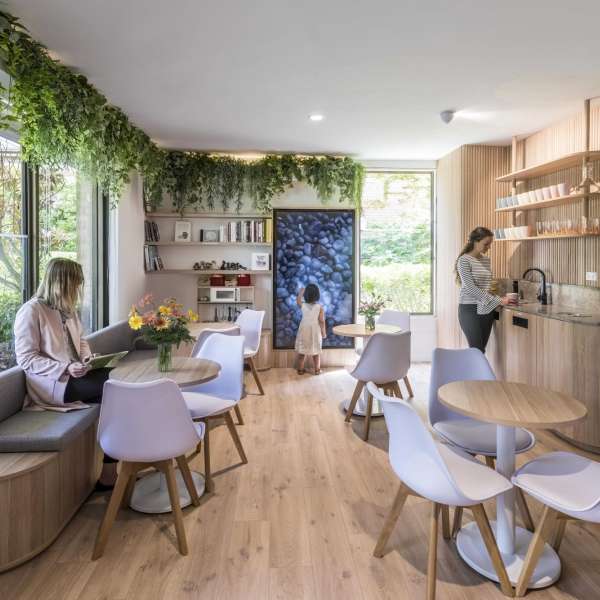
Sleep Hygiene – Getting your sleep right!
With winter approaching and the recent time switch from day-light savings, it's a great opportunity to shift our focus onto sleep hygiene.
Sleep plays essential roles in a variety of body functions which promote our overall health and wellbeing. These include restoration and healing, memory consolidation, cognitive functioning, and emotional regulation. There also is a strong relationship between an individual’s physical and mental performance throughout the day and their sleep quality.
Quality sleep not only refers to the number of hours of your sleep also but the depth and restorative nature of your sleep.
Some clues that your sleep quality could be improved are:
- Difficultly falling asleep
- Waking up throughout the night
- Waking in the early hours of the morning
- Feeling tired upon waking
Implementing specific practices into your routine throughout the day that support this process will promote sleep quality. This is referred to as sleep hygiene.
- Support Circadian Rhythm and establish consistent sleep and wake times
Consistent sleep and wake times support the body’s circadian rhythm. Circadian rhythm refers to the body’s internal clock which responds to environmental cues of light and darkness which then regulates sleep-wake cycles.
By aligning consistent daily habits, optimal daily circadian rhythm and better sleep quality can be achieved. Support your circadian rhythm by:
- Aim for a consistent bedtime and wake-up time (+/- 1h difference) ideally getting 7-9h of sleep each night.
- Align your wakeup time with the sunrise as much as possible
- Get outside for sun light preferably within 1h of waking (as close to sunrise as possible, no sunglasses) for 10-20min (e.g. short walk outside or drinking coffee on the balcony). Opening the door or window for this effect is sufficient if you can't get outside.
- When living in darker climates or during darker cloudy skies, or not being able to get outside, use a SAD lamp to mimic the bright sun, soon after waking for 20-30 mins.
- Get exposure to natural light through the day, aim for at least 10min multiple times through the day, no sunglasses.
- Eat within the first 2h of waking up, make breakfast and lunch your biggest meals and high in protein; finish eating 3h before bed, ideally before its dark.
- The best exercise time is individual but if working out in the afternoon finish at least 3h before bed
- If you need to nap during the day, keep it to 20-30min and avoid napping too close to bedtime
- Formulate a wind-down routine
A wind down routine will support your body’s natural transition from activity to rest, an important part of self regulation. This routine should be practiced consistently particularly if you are active still in the evenings. Some things you could incorporate include:
- Limiting screen time at least 2 hours before bed.
- Minimise blue light as much as possible after sunset. Blue light emitted from screens on devices and lights signal to our brains that it is still day time, preventing the release of melatonin (a sleep-promoting hormone).
- Incorporate a relaxing practice, such as meditation or breathing exercise. Other nicely regulating activities include taking a warm bath, reading a book, having a small cup of chamomile tea, Yoga Nidra when going to sleep.
- Limit the consumption of food 3 hours before bed.
- Limit caffeine during the day and stop as early as possible (12/ 2pm).
- Create a sleep-friendly environment
A comfortable and peaceful environment to sleep in will enable the body to relax, reducing the time it takes to fall asleep and enhancing the restorative element of your sleep. Some elements to focus on include:
- Sleep in a dark environment. To do this you could use an eye mask or ensure your blinds or curtains block out light, remove any light sources inside the room e.g. lights from devices or clocks.
- Make your sleeping environment as quiet as possible. Consider earplugs if you are exposed to disruptive sounds outside your control (such as a snoring partner!).
- Your mattress and pillow needs to support your spine and preferred sleeping position.
- The sleeping environment should be as cool as possible- sleep with lighter or minimal fabrics and blankets, use fan or aircon when needed.
Useful podcast:
https://www.hubermanlab.com/episode/sleep-toolkit-tools-for-optimizing-sleep-and-sleep-wake-timing
Useful links for products to support sleep
- Blue light blocking glasses:
- Blue light blocking bulbs and lighting:
- Sleep masks:
- Block Blue Light Sleep Mask: https://www.blockbluelight.com.au/collections/sleep-accessories
- Mind Fold Sleep Mask: https://mindfold.com/product/mindfold-mask
- Blue light blocking device filters:
- Low Blue Lights Filters https://lowbluelights.com/product-category/blue-light-filters/
- Ear plugs:
- Loopear Ear Plugs: https://au.loopearplugs.com
- Block Blue Light Ear Plugs: https://www.blockbluelight.com.au/collections/sleep-accessories/products/earplugs-for-sleeping
- SAD lamps:
- HappyLamp: https://www.happylamp.com.au
- Verilux: https://verilux.com/collections/happylight-therapy-lamps-boxes
- Lumie: https://www.lumie.com
- Mattresses:
- The Natural Bedding Company https://www.thenaturalbeddingcompany.com.au
- Samina Sleep https://saminasleep.com/
- Later Mattress https://latexmattress.com.au
- Blessed Earth https://blessedearth.com.au
- Record your snoring app - SnoreLab: https://www.snorelab.com
- How to turn your iPhone screen Red: https://www.blockbluelight.com.au/blogs/news/how-to-turn-your-iphone-screen-red
